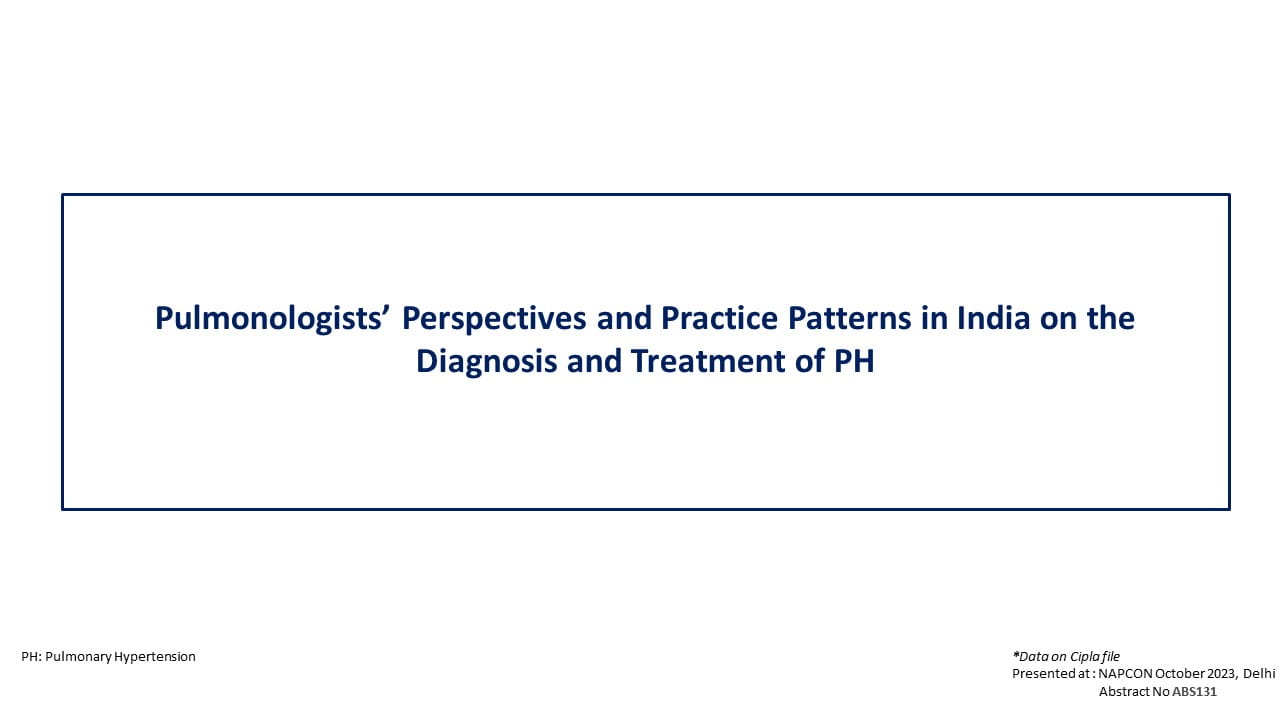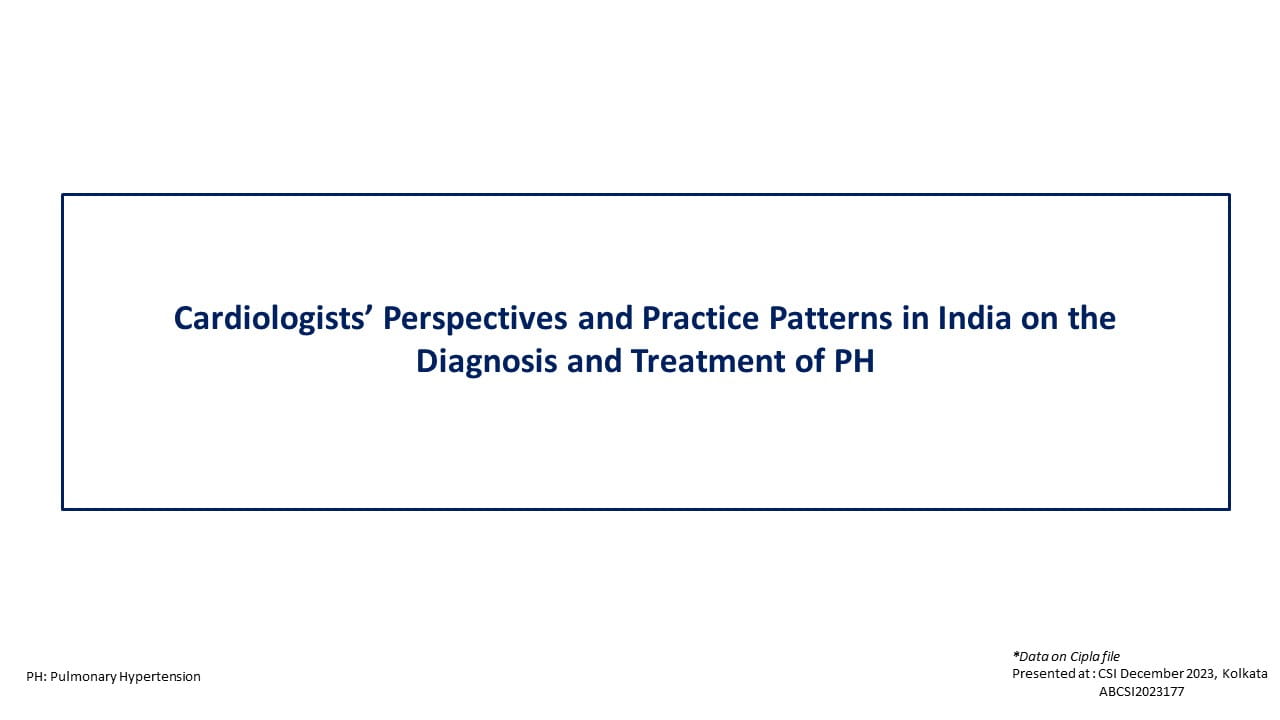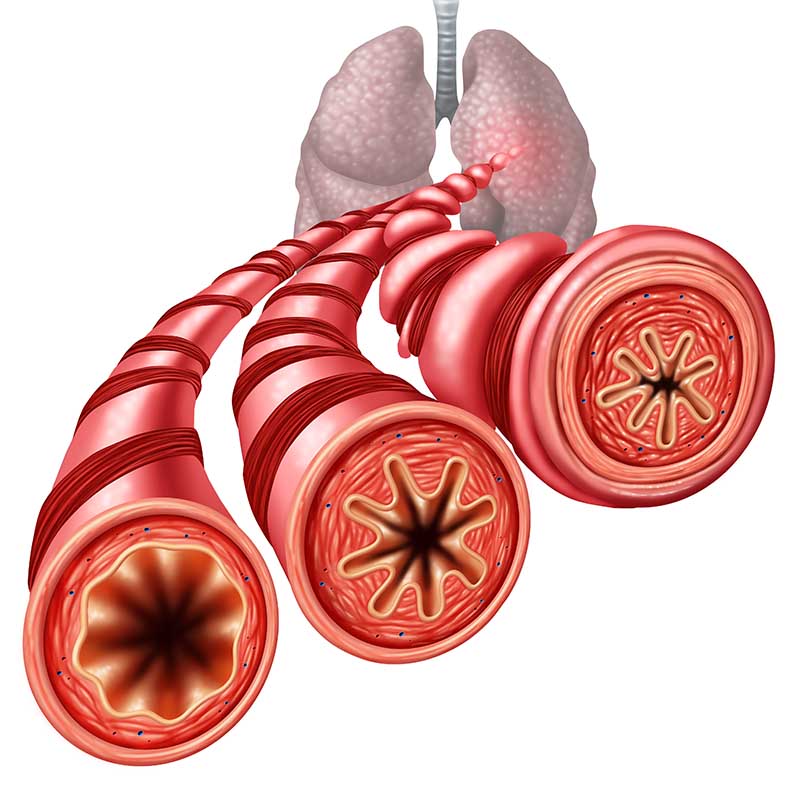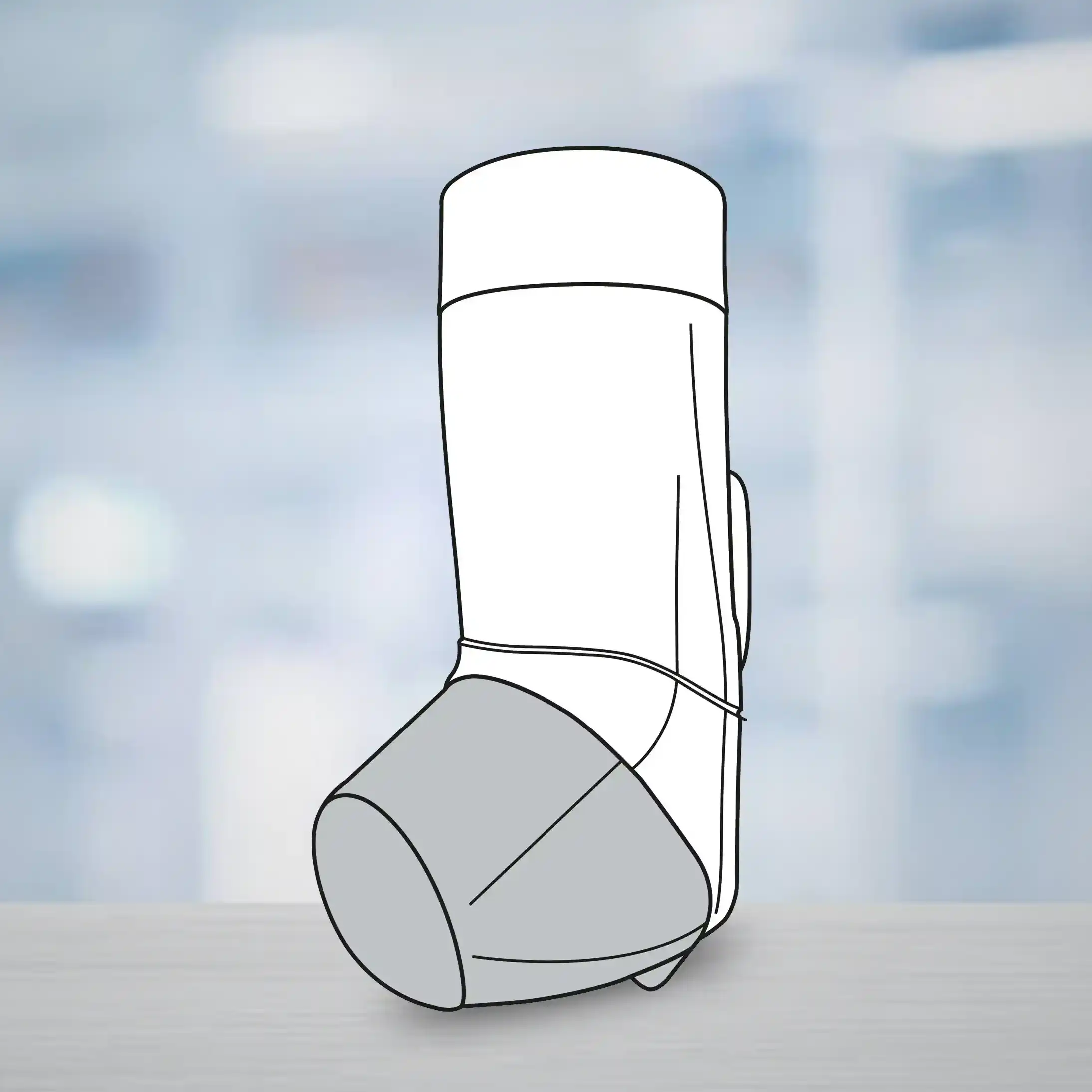Introduction
Olaparib is a PARP inhibitor has showed efficacy across various tumor types including advanced ovarian cancer (OC), breast, prostate, and pancreatic cancers. The SOLO1 phase III trial demonstrated a significant enhancement in progression-free survival (PFS) for newly diagnosed advanced OC patients receiving maintenance olaparib compared to placebo.
Aim
The study aims to assess the efficacy of olaparib by analyzing PFS in relation to specific baseline characteristics, including surgical status, response to platinum-based chemotherapy, stage III disease with no gross residuals post-surgery, and BRCA mutation status.
Patient Profile
Patients with newly diagnosed BRCA1- and/or BRCA2 -mutated advanced ovarian cancer
Methods
- After completion of first-line platinum-based chemotherapy, 391 patients were randomly assigned 2:1
- maintenance olaparib tablets (n=260) (300 mg twice daily)
- Placebo (n=131)
- PFS subgroup analyses of SOLO1 included clinical response after platinum-based chemotherapy (complete [CR] or partial response [PR]), surgery type (upfront orinterval surgery), disease status after surgery (residual or no gross residual disease), and BRCA mutation status ( BRCA1or BRCA2).
Study endpoint
- Primary endpoint:PFS in patients with stage III disease who underwent upfront surgery and had no gross residual disease
- Secondary endpoint: ORR (modified RECIST) was a secondary end point evaluated in women with radiologic evidence of disease at baseline
Results
- Median treatment duration was 24.6 months in Olaparib arm and 13.9 months for placebo
- The PFS advantage associated with olaparib was observed across all subgroups, regardless of the timing of surgery, residual disease status post-surgery, response to platinum-based chemotherapy (complete response or partial response), or type of BRCA mutation.
Figure 1: Percentage reduction in risk of disease progression/death with olaparib compared with placebo based on surgery timing and residual macroscopic disease status disease status
Figure 2: Percentage reduction in risk of disease progression/death with Olaparib compared to placebo with response after platinum-based chemotherapy at baseline, and BRCA mutation status
Table 1 : Progression-free survival (PFS) for subgroup analyses
|
Subgroups |
Olaparib |
Placebo |
HR |
|
Surgery timing |
|
|
|
|
Patients undergoing upfront Surgery |
Not reached |
15.3 |
0.31 |
|
Patients undergoing interval surgery |
33.6 |
9.8 |
0.37 |
|
Residual macroscopic disease status |
|
|
|
|
Patients with residual disease after surgery |
29.4 |
11.3 |
0.44 |
|
Patients with no gross residual disease after surgery |
NR |
15.3 |
0.33 |
|
Patients with stage III disease underwent upfront surgery and had no gross residual macroscopic disease after surgery |
NR |
21.9 |
0.32 |
|
Response after platinum-based chemotherapy |
|
|
|
|
Clinical CR |
NR |
15.3 |
0.34 |
|
Women with a PR |
30.9 |
8.4 |
0.31 |
|
BRCA mutation status |
|
|
|
|
BRCA 1 mutation |
41.4 |
13.8 |
0.41 |
|
BRCA 2 mutation |
NR |
13.8 |
0.20 |
CR, complete response; PR, partial response
Figure 3: Proportion of patient progression free at 1 , 2 and 3 yrs based on surgery timing
Figure 4 : Proportion of patient progression free at 1 , 2 and 3 yrs based on residual macroscopic disease status
Figure 5 : Percentages of patient progression free based on response after platinum Based chemotherapy at baseline
Figure 6 : Proportion of patients progression free at 1 , 2 and 3 yrs based on BRCA Mutation status
Objective response
In women with evidence of disease at baseline, nearly twice as many had an objective response while receiving olaparib maintenance (43%) compared with placebo (23%)
Table 2 : Best Objective Response in women with Radiologic evidence at disease at Baseline
|
|
Olaparib |
Placebo |
|
Objective response |
23 (42.6) |
6 (23.1) |
|
CR |
15 (27.8) |
3 (11.5) |
|
PR |
8 (14.8) |
3 (11.5) |
|
SD > 12 weeks |
26 (48.1) |
13 (50.0) |
|
PD |
4 (7.4) |
7 (26.9) |
|
NE |
1 (1.9) |
0 |
CR, complete response; NE, not evaluable; PD, progressive disease; PR, partial response; SD, stable disease
Conclusion
- Maintenance therapy with olaparib demonstrated a significant PFS advantage in women with newly diagnosed advanced ovarian cancer possessing a BRCA mutation.
- The findings indicate that, irrespective of baseline surgical and chemotherapy outcomes or the specific type of BRCA mutation, patients with newly diagnosed advanced OC are at a high risk of disease progression and derive benefit from maintenance treatment with olaparib.
Reference
J Clin Oncol 38:3528-3537










